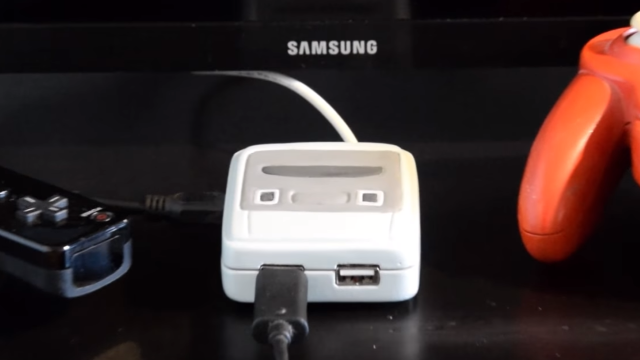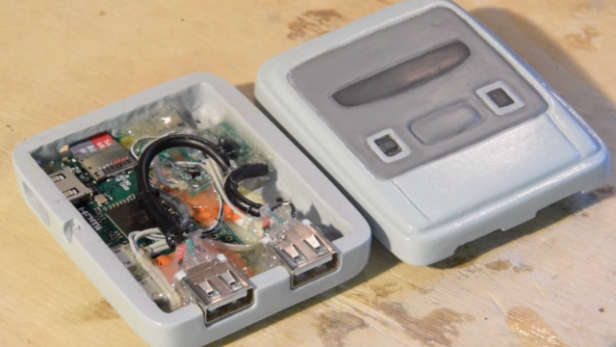Mini clay SNES powered by Raspberry Pi is a retro sight to behold

OK, there are already a lot of different ways you can play a SNES game on an emulator, but if you’re feeling a little creative, this is one of the more fun ones.
YouTube user ‘lyberty5‘ posted the relatively simple guide showing how to build a mini SNES of your own out of a Raspberry Pi Zero and a USB hub, with most of the work being cosmetic.
While the outer shell is indeed clay, there’s an inner case made out of plastic that’s not visible when you’re finished – or if you have a 3D printer, you could just use that to make this invisible liner. You could, arguably, just 3D print the whole thing in that instance, but where’s the fun in that?

Related: Nintendo IS launching new hardware this year: a miniature NES!
Then you’ll need to mould some clay on the outside, let it cure and ultimately sand it down. You’ll also need to add a closing mechanism before the final finishing. Spray paint the case for the finished look, cut some holes required for the Pi and USB ports. Final touches are made with modelling paint and voila! Your case is complete.
The emulator side of things requires you to solder the Pi and USB ports in place, cover in epoxy resin (to make sure they really stay in place) and get started with EmulationStation.
What else were you planning on doing with your day?
Related: TR Guide to Console Classics: SNES
Watch: iPhone 7 vs Galaxy S7
Will you be trying this at home? Let us know in the comments below!

